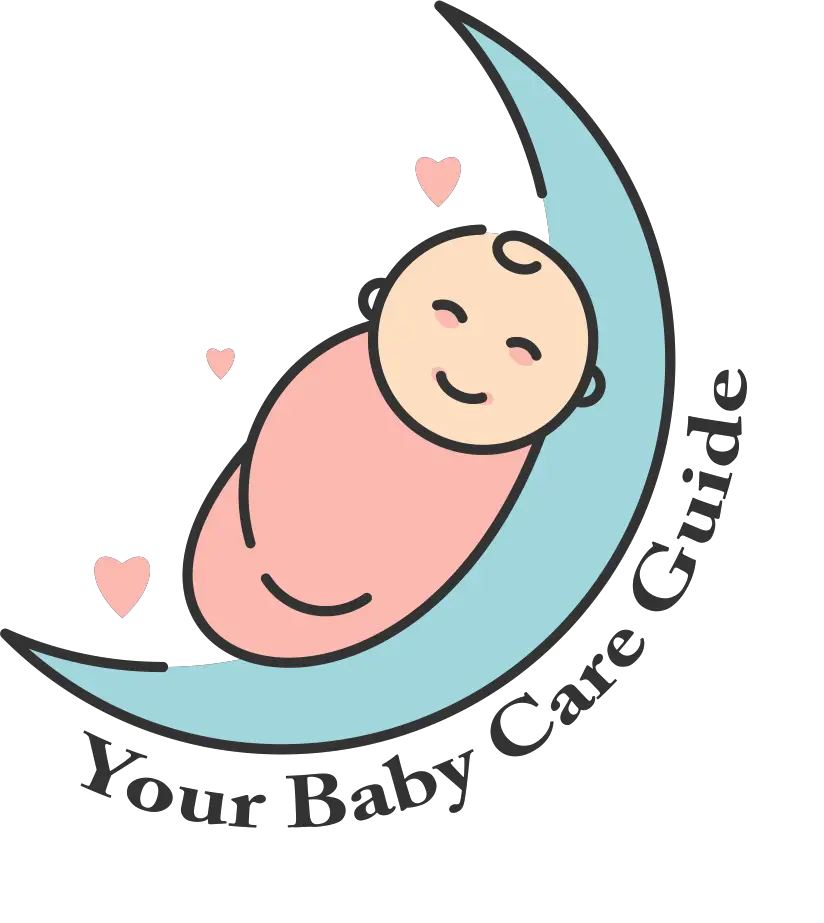How to Dress Baby With Fever at Night is a commonly asked question. When a child has a fever at night, he or she may be dressing more warmly than normal. However, this is not a good idea. Overdressing an infant or toddler with a fever prevents heat from escaping and increases the temperature. Also, excessively shivering may indicate an increased temperature. To alleviate the situation, apply lukewarm compresses to the child’s face.
In the morning, the temperature of a baby’s body drops, while in the afternoon and evening, it is higher. It is important to determine the room’s temperature to ensure a good night’s sleep. During the fever, wear lightweight clothing. Overdressing can make a fever worse, while underdressing can lead to discomfort. Make sure to provide plenty of fresh water to keep your baby hydrated and comfortable throughout the night.
Fever in babies is a sign that the body is fighting an infection. The fever can be triggered by common childhood illnesses or by less serious conditions. Vaccinations can cause a fever as can overdressing. If your child is still too hot in the night, consult your pediatrician immediately. Depending on the temperature, your pediatrician may prescribe a medication to help lower the fever. You should check the temperature again at least an hour after giving the medication.
A fever does not always require medication if the child is not uncomfortable. Higher temperatures may be uncomfortable for a child, but they are not harmful unless they are associated with a longer illness. When you can, take your child for a sponge bath. A lukewarm bath helps the child relax and reduce the fever for a brief time. Avoid using cold water, since cold water may cause the child to shiver and raise the temperature.
If the temperature is high and your child is experiencing pain, do not give them fever medicine without a doctor’s approval. Although fever medicine can temporarily lower the temperature, it doesn’t cure the infection. In addition, it can cause the child to develop a febrile seizure, which is unlikely to result in long-term complications. If your child has a fever, it’s best to keep the temperature in a cool room and avoid exposing your child to excessive heat.
While fever is a common illness in infants, it is important to remember that it is an indicator of other illness and should be treated accordingly. Your child’s behavior will tell you if he or she is suffering from a fever. He or she will usually show signs of discomfort, but he or she may be acting normal. You should also monitor his or her peeing. If you notice a change in urine color or odor, it’s best to get your child’s temperature and seek medical attention.
In addition to monitoring the temperature, keep an eye on your baby’s body temperature. Infants under three months of age who have a fever over 101 degrees should visit the doctor immediately. This illness requires greater attention than infants older than 3 months. During the day, you should keep your baby comfortable and warm by dressing her in normal clothing. And, as long as she is properly hydrated, you can dress her in normal nighttime clothes.

